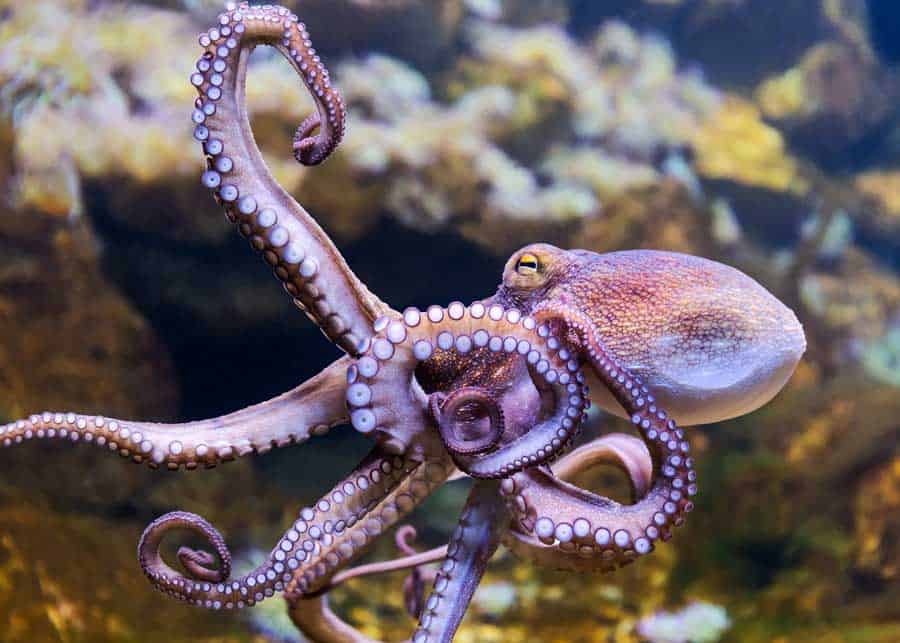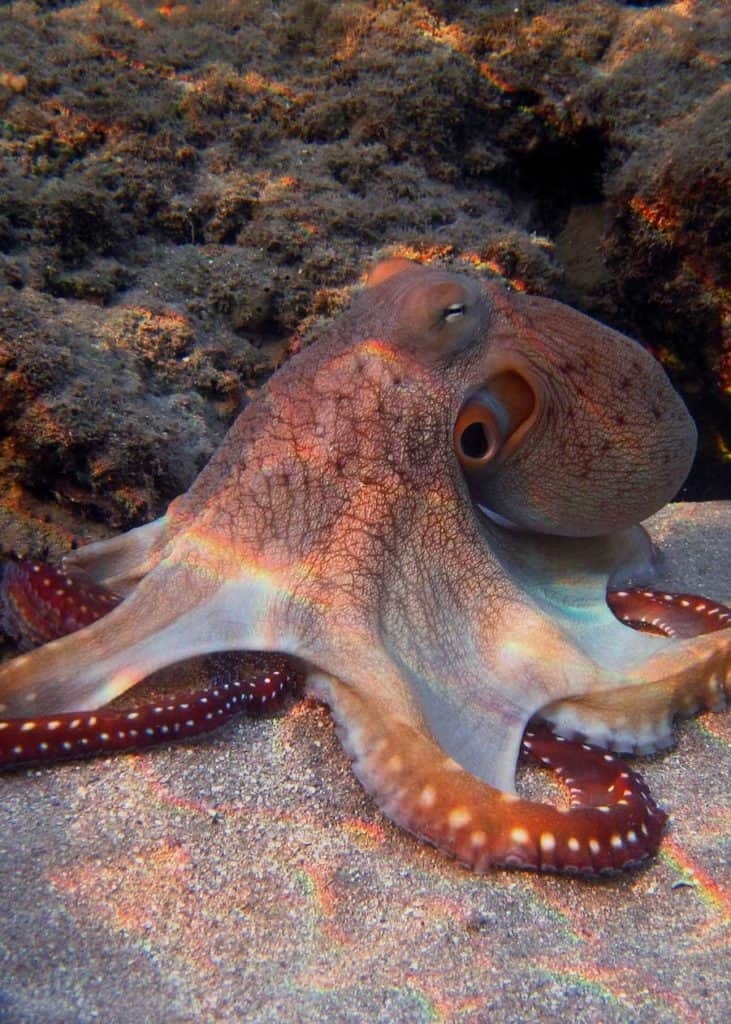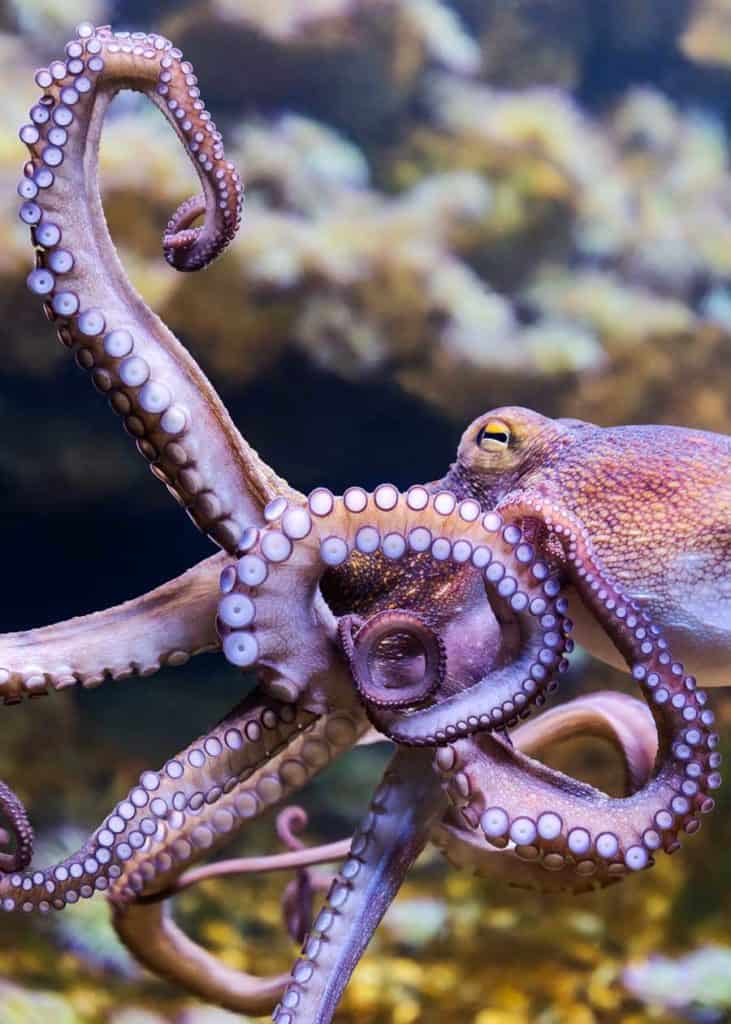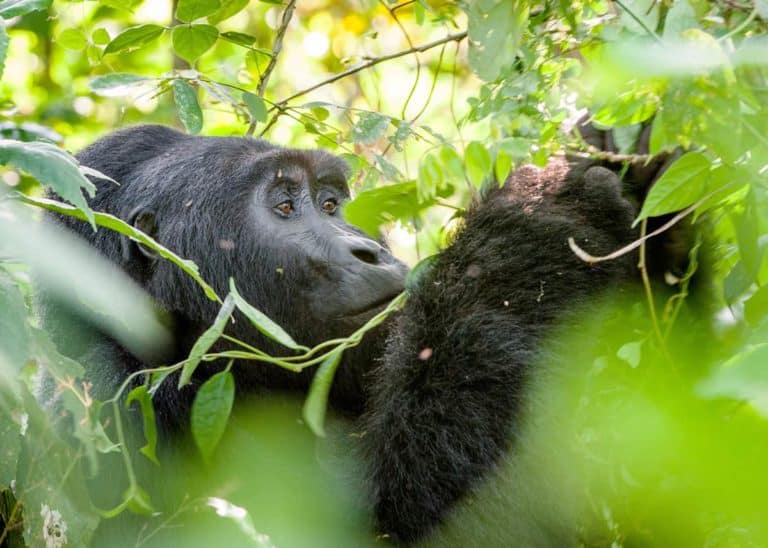Do Octopuses Have Bones? Guide to Skeleton, Teeth, Beak
Love them or hate them, there is no denying that an octopus is an awesome creature. For starters, all octopuses are venomous, have three hearts, and even have blue blood. But just how do they get around? Do octopuses have bones? What about teeth?
Octopuses don’t have bones because they are invertebrates. Octopus arms are muscular hydrostats, without bones. Even their “teeth” are actually denticles (made of dentin). Their beak is like a parrot’s beak. Their lack of bones is a feature with definite benefits, like entering tiny crevices and holes.

How does an octopus move without bones? Are there other boneless animals? Keep reading for the answers below.
Octopuses? Octopi? or Octopodes?
Before we start, let’s just clarify what the proper word is to describe more than one octopus. Is it octopuses, octopi, or octopodes?
All three are correct. Octopi is from Latin, Octopodes is from Greek. Octopuses uses an English ending as a way to make Octopus plural, so that is what we will use throughout this article.
How Does an Octopus Move Without Bones?
To answer this question, think about your tongue. Does it have a bone? Can you move it? The group of muscles in the human tongue is referred to as a muscular hydrostat. This means it is comprised of a group of muscles that can move without the use of a bone.
Octopus arms are also muscular hydrostats.
- To move, they contract and expand their muscles, allowing them to move along the ocean floor. An octopus also has a really tight grip.
- To swim, the octopus uses another group of muscles. Every octopus has a muscular tube called a siphon. Forcing water through this tube propels the octopus through the water.
It takes a lot of energy to swim, so octopuses prefer to crawl.
Why Don’t Octopuses Have Bones?
An octopus is an invertebrate. This means that it doesn’t have any bones in its body- not even a spinal column.
One advantage of being boneless is that octopuses can squeeze themselves into really small crevices.

Do Octopuses Have Teeth?
No, octopuses do not have teeth, at least not in the way that we do. Instead of a typical mouth, an octopus has a beak like a parrot.
Inside of the beak, you will find a radula. A radula is like a tongue.
It is covered with tiny teeth-like structures called denticles. The radula is covered in hundreds of denticles. Denticles are made out of dentin.
Dentin is similar to bone. Both are mineralized tissues. But dentin does not contain bone cells and is actually harder than bone.
An octopus uses its beak to tear up food, and its radula to grind up the food.
The radula can also be used to drill holes into its prey. This comes in handy when your meals consist of shellfish and crab. Octopuses love to eat Sally Lightfoot crabs.
What are Octopus Beaks Made of?
An octopus’s beak is found on its underside, where its 8 arms meet. Is made from a material called chitin. Chitin is very strong.
Their beak is comprised of two parts- an upper beak and a lower beak. Octopuses can use their powerful beaks to tear their prey apart. It is even strong enough to crush a clamshell.
Speaking of chitin, you can find this material in use throughout the natural world.
It is the main part of the cell walls of fungi. Many crustaceans and insects have exoskeletons made out of chitin.

Octopus is a favorite food of Galapagos sharks.
What Other Animals Don’t Have Bones?
Now that we know that octopuses do not have bones, you may wonder what other animals are boneless.
Some other examples of invertebrates include:
- Annelids (Such as worms and leeches.)
- Arthropods (Arthropods have an exoskeleton made of chitin. Arthropods include insects, arachnids, myriapods, and crustaceans. It is estimated that 84 percent of all known living animal specials are arthropods.)
- Cnidarians (Such as corals, anemones, and jellyfish.)
- Echinoderms (Such as starfish, sea cucumbers, and sea urchins.)
- Mollusks (This group of animals includes snails, clams, squids, and our friend the octopus.)
Did you know that sharks don’t have bones either?
Your Turn
I hope you enjoyed learning about octopuses as much as I have. What other animal would you like to learn about? Let me know in the comments below.






